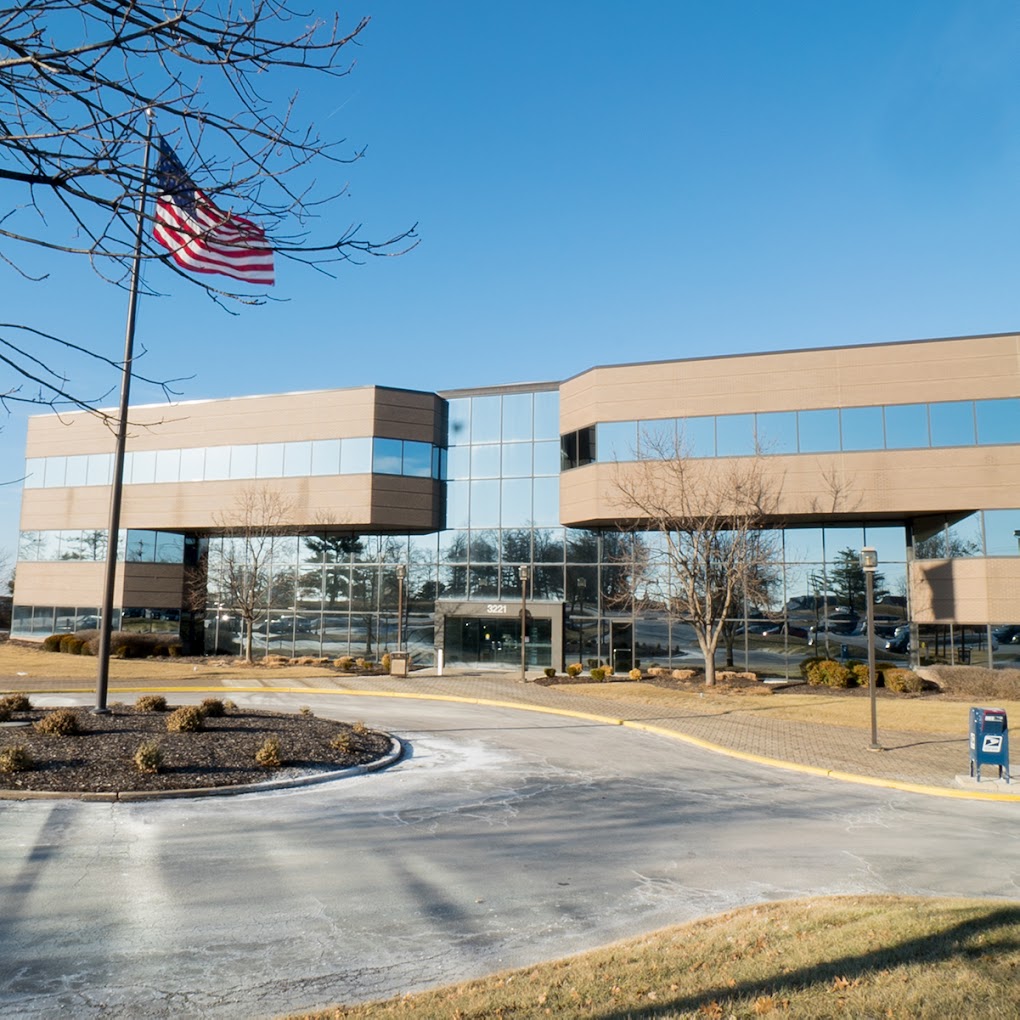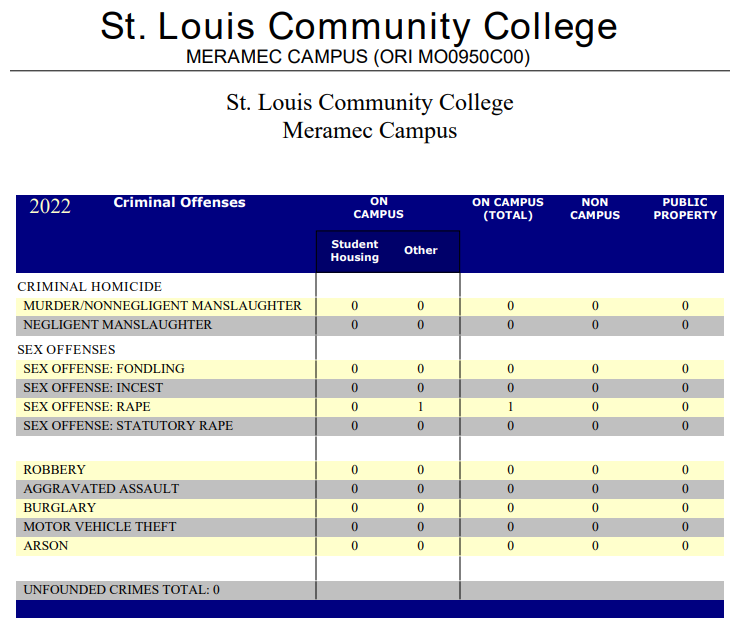
Natural disasters hit home in the St. Louis region
Shane Rice
– Staff Writer –
Anna Nowotny
– Staff Writer –
When Campbell and his wife were awakened by the sound of their windows rattling on the morning of Friday, April 18, 2008, they said they quickly determined that they were experiencing a mild earthquake. While his wife drifted back to sleep, professor Campbell lay awake, silently calculating how far away it was and its magnitude.
“I got very, very close all in my head,” said Campbell. The next morning, his calculations were confirmed by the news that a magnitude 5.4 earthquake had occurred in southeast Illinois, at a depth of 7.2 miles in the Wabash Valley seismic zone, located to the north of the New Madrid fault.
“I calculated the time between the P wave and the surface wave. P wave is the first one that comes in and stands for primary.” To demonstrate, Campbell slammed his hand against the chemistry lab table. To demonstrate the surface wave, Campbell made the motion of a wave with his arm.
“The surface waves come in and that’s the back and forth, forward and back, and that’s what causes the most damage, the surface waves going up and down, because you get P waves and S waves interacting and you get positive reinforcement. So that’s what most people feel.”
Campbell said that scientists are able to predict the probability of earthquakes based on statistical analysis of historical information and the use of instrumentation.
“For frequency of earthquakes, all you can give is probability,” Campbell said.
“The probability of a magnitude six or greater earthquake in the New Madrid system is, I think, 40 percent in the next 50 years.”
Campbell said that in the event of an earthquake, it’s best to get in the basement, the bathtub or under a table.
“If it goes on for more than 10 seconds, and it seems to be increasing, then it may be a big one and you may want to take some precautions. But if it’s just kind of mild and goes on for a few seconds, enjoy it. It’s fun, you know; you might lose some china, but that can be replaced.”
March 18, 1925 seemed to start like any other. The people of the Missouri Ozarks were carrying on with their normal day-to-day routines unaware of and ill prepared for what Mother Nature had in store for them.
At 1:01 p.m. the skies turned black and roared with thunder. By the time they saw the tornado plunge from the sky it was already too late. Nothing could stop the Great Tri-State Tornado from sweeping across three states, leaving destruction and death in its path of more than 164 sq. miles.
Approximately 695 people lost their lives that day, 2027 people were injured, and more than 15,000 homes were destroyed.
“The chance that another event of this magnitude happening again is not likely, but not impossible,” said Campbell. “St. Louis has much better weather forecasting and people of the Midwest are more aware of tornados and their impact.”
Campbell offers a few simple personal safety precautions that can mean the difference between life and death.
“The best things for students to do here at Meramec is don’t panic, stay away from windows, and avoid the southwest corner of the buildings. Most tornados come in from the southwest and are more likely to hit at night.”
According to Campbell, another good practice for surviving a tornado is either to go to the basement or get in a bathtub and cover it with a mattress.
Tornados are another natural disasters for which St. Louisans need to be prepared. According to the Red Cross, floods are among the most frequent and costly natural disasters.
According to The National Weather Service floods can be caused by several factors. The Great Flood of 1993 was caused by a combination of excessive moisture in the soil from the rainy autumn in 1992, heavy snow fall in the winter, late ice break up, the reservoir levels in the Missouri and Mississippi river basins, and failure in some of the levees. Between June and August the flood killed 32 people and resulted in $15 to $20 billion in damage.
“St. Louis has a flood wall set downtown that is in need of repair and was almost overtopped in the 1993 flood. But in all actuality we have more people killed by flash floods each year than by regional floods which is what the flood of 1993 was, regional,” said Campbell.
Meramec is in the process of improving its emergency alert system. Banta said the STLCC Safety and Security Committee will have an alert system installed on campus soon.
“Our system will be automatically tested at the same time of month as the county systems,” said Banta.
One of St. Louis County’s emergency alert systems sits directly across from the Meramec campus, on Geyer Road. Banta said that having an alert system on campus will enable campus police to warn students about intruders, active shooters or emergencies specifically related to this campus, as opposed to the county.
A campus police dispatcher monitors the National Weather Service from 7 a.m. until 12 a.m. When there is an emergency, campus police receives an alert that instructs them to turn on the radio or television in order to view emergency warnings before turning on the siren. The alert system will have six tones each for signifying a different type of emergency.
“It’s not a matter of if these types of disasters will happen again but a matter of when,” said Campbell.











